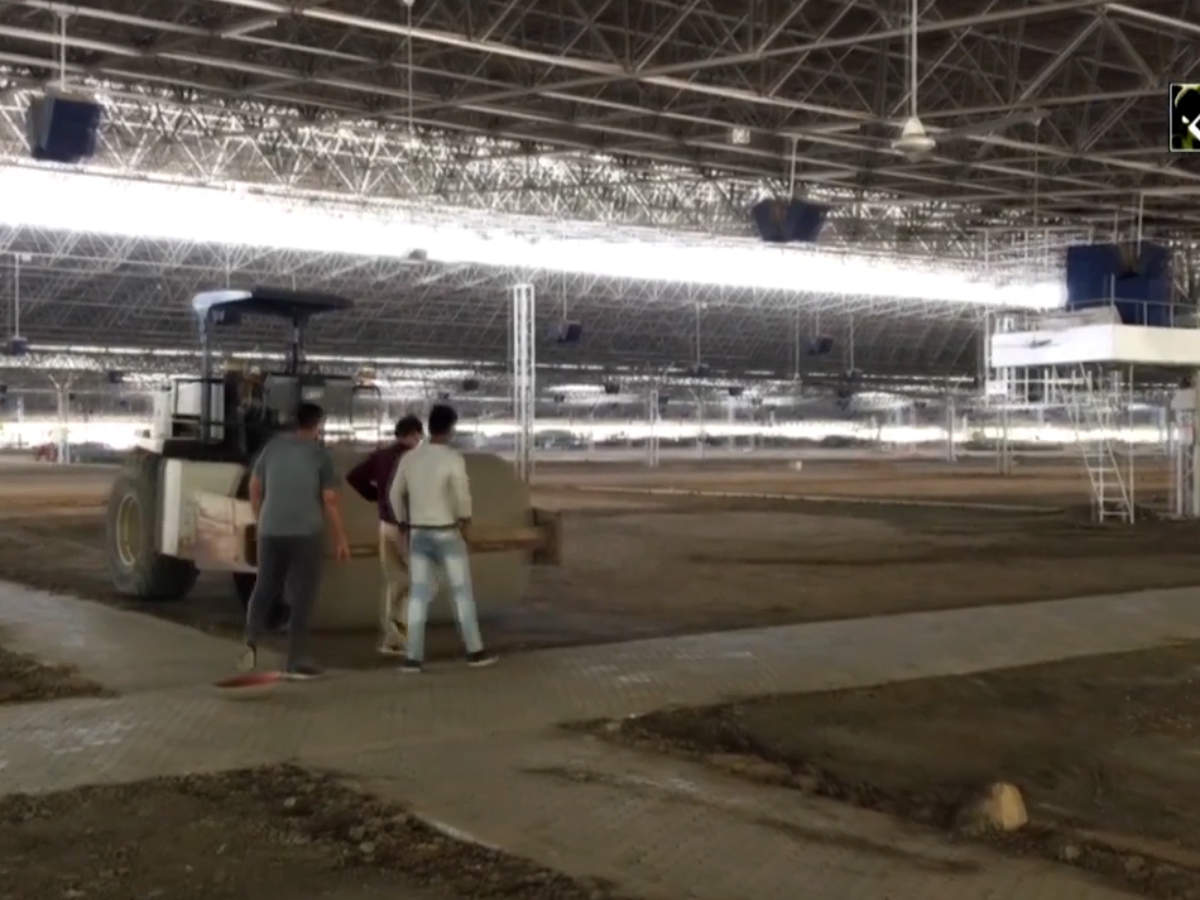

The Beas centre is the largest, and is visited by some 12 million to 13 million followers every year, according to dera records. Some 18-20 of the bigger centres are spread over several hundred acres each. They say the dera has around 5,000 big and small centres across India and overseas. The dera claims to have an installed solar power capacity of 19.5 MW, including a rooftop plant with panels spread over 42 acres and a capacity of 11.5 MW.Ĭlick here to join the Explained WhatsApp group How many followers does the dera have, and where?ĭera officials claim there are around 20 million followers, spread over 90 countries all over the world. Though it was only in 1957 that the Radha Soami Satsang Beas was registered as a society, Maharaj Charan Singh (who was the master from 1951 to 1990) was quoted to have stated the working philosophy of the trusteeship thus: “trust (is) for the sangat, never using it for personal needs but always for the benefit and development of the sangat.Of the 3,000 acres of land at the dera, over 1,200 acres is dedicated to agriculture. There is a remarkable convergence in the idea of trusteeship at work in both these institutions. Some very, very wholesomeness must be in the air in those days. I was struck by the fact that the Dera was set up in 1891, ten years after Sardar Dyal Singh Majithia had set up The Tribune. This is valuable social capital anytime, anywhere. The order not only generates spiritual energy in each of the devotees, it also obviously inculcates some kind of healthy, happy solidarity among the followers. What is more, the order recognises no divisions or distinctions of caste or colour or creed. It appears to me that the Beas order seeks to induce in its devotees some sense of karmic discipline in these times of excessive consumerism and rampant moral confusion. What is called the Sant Mat programme boils down to: no animal food, no alcoholic drinks, an endeavour to have a pure and chaste life and, two-and-a-half hours devoted daily to meditation. What little I can understand, the Beas philosophy is a simple regimen of simple living and desirable restraints.


Its remarkably presentable publication, the Equilibrium in Love, carries on the opening page Mahatma Gandhi’s philosophy: “The best way to find your self is to lose self in the service of others.” It seeks no political alignments or favours from any quarters.

It sustains itself entirely from voluntary labour, funds and commitment of its congregation. It is a classic case of civil society at its best.įor over a hundred years, this ‘satsang’ has been looking after its flock, without any favour from the governing authority of the day. The very idea of arranging and cooking food for gathering of half-a-million defies comprehension and should be worthy of a semester course in a business school. Though in India, we are pretty good at handling congregations of vast numbers of devotees - especially at the Kumbh occasions - the Beas arrangement appears to be a class of its own. Organisationally, it is nothing short of a wonder. It was easy to be impressed, indeed overwhelmed, by the sheer energy and devotion at work in the Dera. This was my first visit to the place which is a well-known site of spiritual pilgrimage to the millions of Radha Soamis. (The Tribune, India, October 16, 2016) – A bereavement in the family found me making a sorrowful journey to Dera Baba Jaimal Singh in Beas. | Print Radha Soami Satsang Beas - My first visit Radha Soami Satsang Beas - My first visit - RSSB Newspaper Articles


 0 kommentar(er)
0 kommentar(er)
